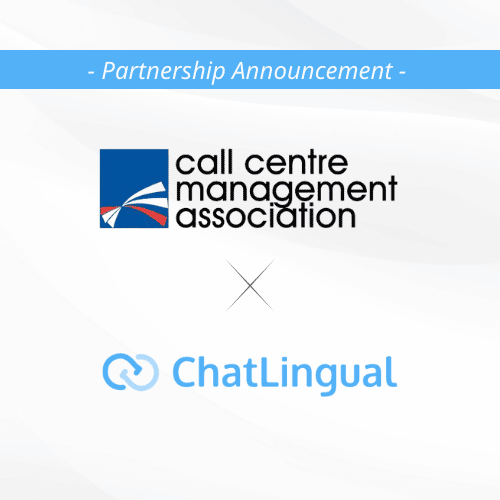The New Normal for Customer Expectations
Since the pandemic, there’s been the Great Resignation, the war for talent, and a cost of living crisis, so why are companies treating their customers like the old days? The global consumer landscape has changed–there’s a level of resiliency that hasn’t been seen before.
Customers are sensitive about their time and more precious about their needs. Even more so, EVP of Global Innovation and Product Strategy at 24-7 Intouch Paula Kennedy Garcia notes that customers “want to have a relationship with organizations that can properly support them in the way that they need it.”
“We’ve got to recognize and work through those sensitivities,” commented Andrew Hall, Chief Commercial Officer at Quantanite.
These new expectations ring true for customers across the world–they want to be serviced in their native language and receive a consistently delightful customer experience.
The Need for Native Language Support
With the known need for native language services, how does this affect the recruitment of native language or bilingual agents? The pool of viable candidates that have the language and service skills required is drying up quickly. Most often, companies end up sacrificing customer service experience for language skills and paying higher salaries for this imbalance of skills.
Not to mention speed to green, which is how quickly an agent can be deemed competent in their line of work. By hiring for language instead of customer service skills, there’s an “inevitable knock on your speed to green and the quality of service that you can deliver,” states Paula Kennedy Garcia.
While the language skills might not be there, it’d be more cost-effective for companies to switch their hiring practices to focus on customer care experience and let technology handle the language aspect.
Removing the language barrier, coupled with operating under a hybrid model, allows companies to reevaluate their hub locations, making more strategic decisions for cost and geographical locations.
What is the Future of CX?
“Language is table stakes. That’s the starting point,” explains ChatLingual CEO, Justin Custer.
It’s no longer about if you use language in your CX strategy, it’s about how. As a key factor to the overall success of the customer experience, native language can seamlessly be incorporated into a company’s existing technology stack.
Today’s translation technology not only supports customers but operational processes as well. Most businesses are able to cut costs, improve their staffing strategies, and consolidate their support operations after implementing multilingual customer service technology. With quick onboarding and training, multilingual messaging platforms are the secret to exceeding customer expectations in 2023.
Watch the Online Webinar
This session was produced with the Customer Experience Foundation. View the full discussion in the video below with answers to the following questions:
- How do customer response expectations create challenges from a support and delivery perspective? (11:19)
- How has the pandemic impacted the pipeline for quality multilingual support? (16:45)
- How can translation technology support customers? (22:06)
- How does translation technology impact physical contact center locations? (28:10)
- How is this expectation impacted for multilingual support vs English-only support? (37:47)
- Effectively leveraging translation technology in customer service (40:21)
The following industry leaders participated in the lively conversation:
- Keith Gait, Leader, The Customer Experience Foundation (moderator)
- Paula Kennedy Garcia, EVP Global Innovation and Product Strategy, 24-7 Intouch
- Andrew Hall, Chief Commercial Officer, Quantanite
- Justin Custer, CEO, ChatLingual



